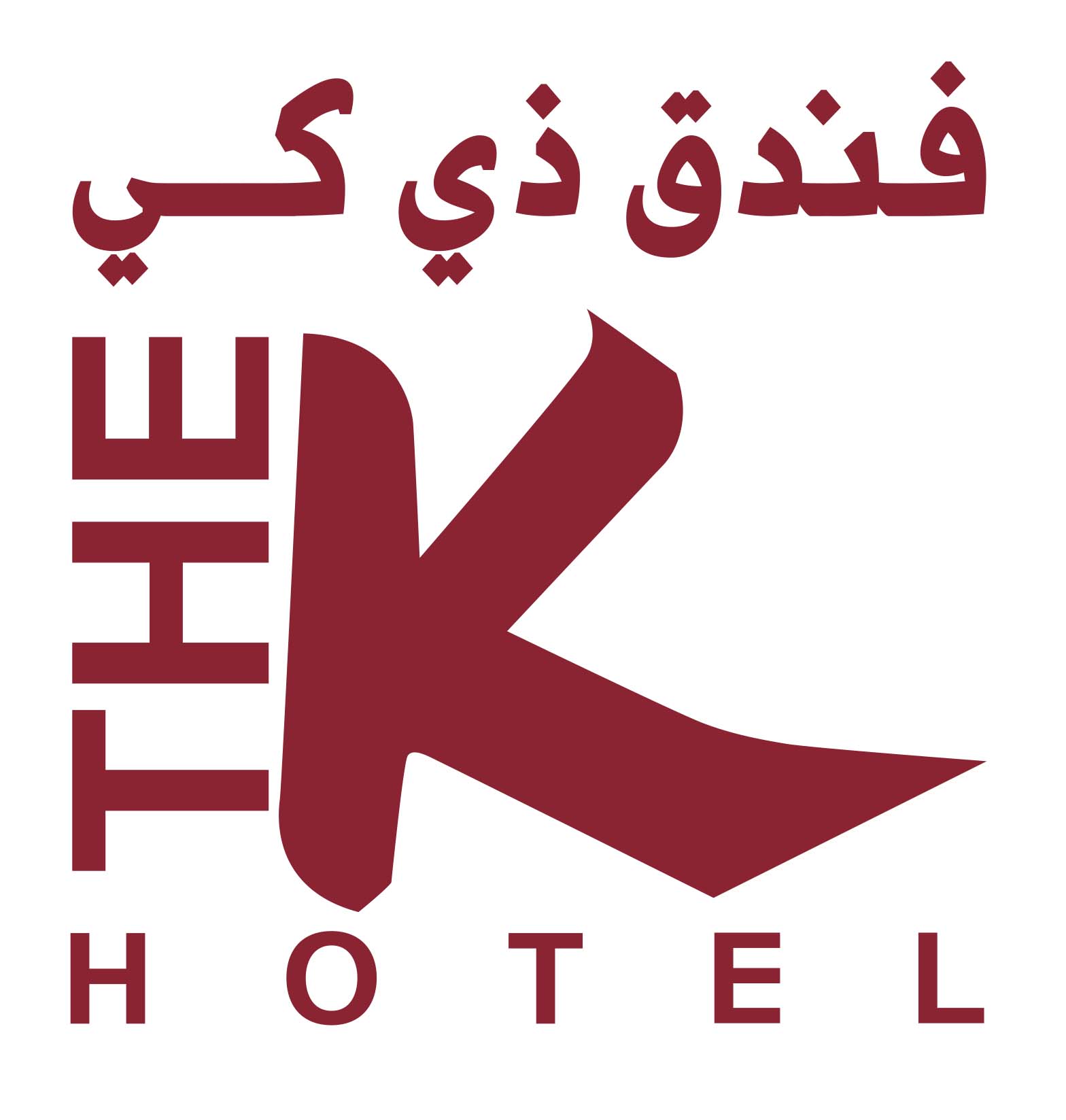


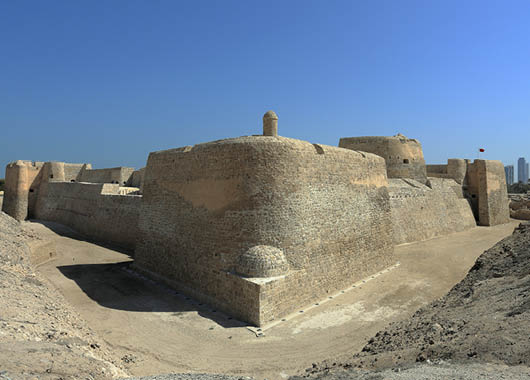
The Qal'at al-Bahrain (Arabic: قلعة البحرين; Portuguese: Forte de Barém), also known as the Bahrain Fort or Portuguese Fort, is an archaeological site located in Bahrain. Archaeological excavations carried out since 1954 have unearthed antiquities from an artificial mound of 12 m (39 ft) height containing seven stratified layers, created by various occupants from 2300 BC up to the 18th century, including Kassites, Greeks, Portuguese and Persians. It was once the capital of the Dilmun civilization and was inscribed as a UNESCO World Heritage Site in 2005. The fort and the tell Qal'at al-Bahrain is built on, are located on the Bahrain island, on the northern seashore. On a clear day it is also seen from Saar. It stands like a "sentinel" near Manama, the capital of Bahrain; it is 6 km (4 mi) away from Manama on the fertile north coast. The tell is the largest in the Persian Gulf region and was built close to the port and by reclamation of seashore land. The archaeological findings, which are unearthed in the fort,reveal much about the history of the country. The area is thought to have been occupied for about 5000 years and contains a valuable insight into the Copper and Bronze Ages of Bahrain.
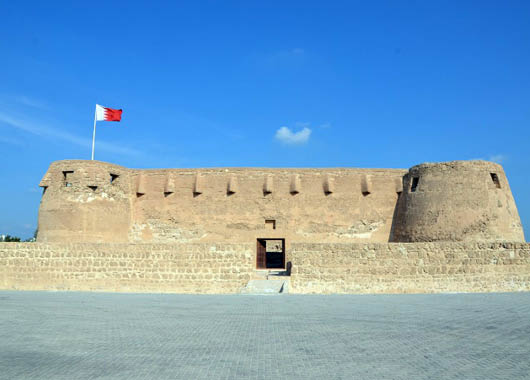
Arad Fort (Arabic: قلعة عراد, Qal'at 'Arad) is a 15th-century fort in Arad, Bahrain. Formerly guarding a separate island of its own, the fort and its surroundings have since been joined to Muharraq Island. Arad Fort was built in the typical style of Islamic forts during the 15th century before the Portuguese invasion of Bahrain in AD 1622. This fort has a beautiful history. A few feuds between the Islamic divisions of Bahrain have taken place here. This fort is one of the compact defensive forts in Bahrain. In its present location, it overlooks various sea passages of Muharraq's shallow seashores. In the past, there was an inaccessible marine channel which was controlled by the local people to prevent ships from breaking through to the island where the fort is located.
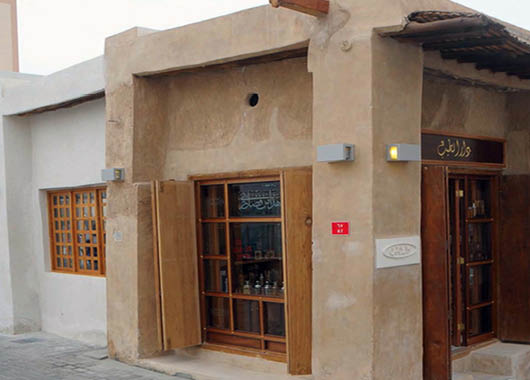
One of the oldest sections of the Muharraq Suq, Suq Al Qaisariya offers a charming shopping experience. Currently undergoing extensive restoration work by the Ministry of Culture, the first phase of the project, which has been completed, features a number of renovated shops, selling a variety of products ranging from pearls to spices and tea, as well as a traditional café - café Zaafaran – arranged around a number of historic madbassahs.

Central to life in Bahrain for centuries, pearl diving has to be the quintessential Bahraini experience. The beach resort of Al Dar Island offers regular pearl dives and cruises to Jarada Island where you might find yourself sunbathing on the spit of white sand and bobbing in its clear waters all on your own.

Located in the heart of Adliya, Block 338 is a charming pedestrian quarte crammed with international restaurants, art galleries and small boutiques. As Bahrain’s hot dining district, Block 338 offers a wide range of restaurants appealing to all ages and tastes, be it for a fancy meal, traditional Bahraini dish or just a soothing drink.
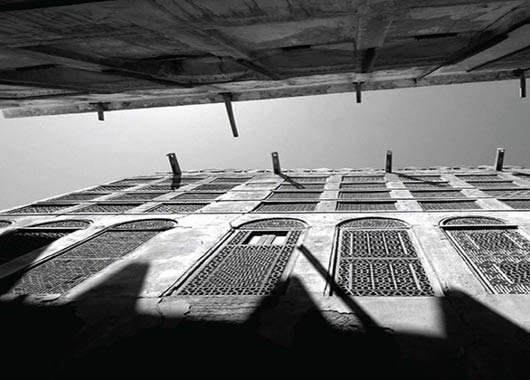
Muharraq, the former capital of Bahrain, is known for its cultural splendor and traditional Bahraini houses litter the town’s narrow lanes. The Shaikh Isa bin Ali house is Bahrain’s most impressive example of Gulf Islamic architecture featuring four courtyards and beautiful carved wooden doors and perforated gypsum panels. The beautifully restored houses that make up the Shaikh Ebrahim Centre for Culture and Research provide an important insight into aspects of Bahrain’s heritage. From embroidery at Kurar House to pearling history at the Bin Matar House, the former home of a renowned pearl merchant, the houses reflect the Centre’s commitment to the preservation of both traditional architecture and history.

The Tree of Life (Shajarat-al-Hayat) in Bahrain is a 9.75 meters (32 feet) high Prosopis cineraria tree that is over 400 years old. It is on a hill in a barren area of the Arabian Desert, 2 kilometers (1.2 miles) from Jebel Dukhan, the highest point in Bahrain, and 40 kilometers from Manama. The tree is abundantly covered in green leaves. Due to its age and the fact that it is the only major tree growing in the area, the tree is a local tourist attraction and is visited by approximately 65,000 people every year.
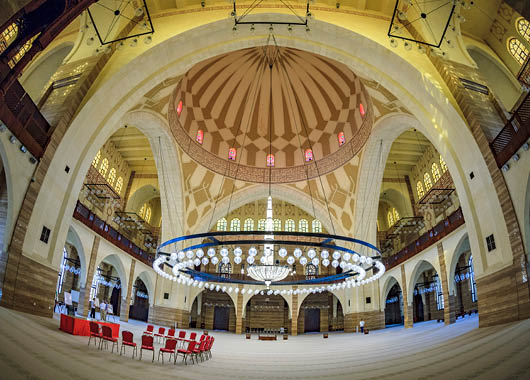
The Al-Fateh Mosque (also known as Al-Fateh Islamic Center & Al Fateh Grand Mosque) (Arabic: مسجد الفاتح; transliterated: Masjid al-Fatih) is one of the largest mosques in the world, encompassing 6,500 square meters and having the capacity to accommodate over 7,000 worshippers at a time. The mosque was built by the late Sheikh Isa bin Salman Al Khalifa in 1987 and was named after Ahmed Al Fateh. In 2006, Al-Fateh became the site of the National Library of Bahrain. The mosque is the largest place of worship in Bahrain. It is located next to the Al Fateh Highway in Juffair, which is a suburban neighborhood of Manama.
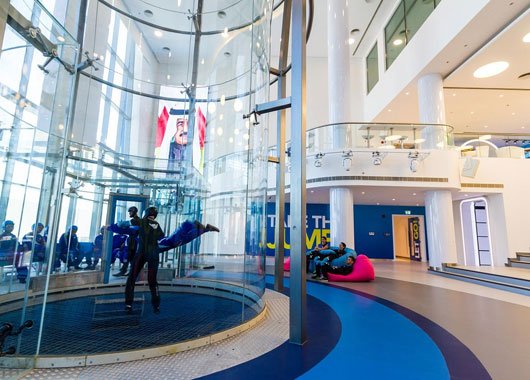
You can’t resist the incredible feeling of a freefall in one of the tallest wind tunnels in the world; with an overall height of 12 meters, constructed with tempered glass. Jump in just like you would from an aircraft, but without a parachute, and even without boarding an airplane in the first place! Everyone can enjoy this body-flight experience, except for those reluctant to go on a life-changing adventure. We can guarantee you the thrill of an extraordinary and unforgettable experience!

Adhari Park is a brand-new visitor attraction in the Kingdom of Bahrain adjacent to the existing Adhari National Park. Spread across 165,000 square meters, it provides a complete leisure experience for the whole family, aiming to become the number one family attraction in the GCC, with 38 exciting outdoor and indoor rides for people of all ages, a Family Entertainment Centre, 10 food outlets at the Food Court, Dine-in restaurant, Coffee Shops, and a lot more.
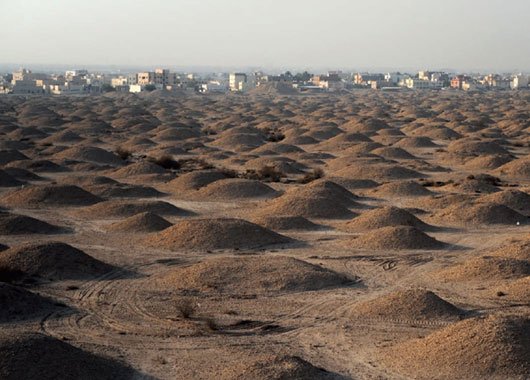
Amongst Bahrain’s mysterious ancient remains are the thousands of burial mounds that dominate the landscape north of the Island. The best-preserved and most impressive mounds are the royal burial mounds in the village of A’ali. Spanning the Dilmun era (3rd to 1st millennium BC) to the Tylos era (200 BC to 300 AD) the burial mounds are unique in terms of sheer number and concentration. Pottery workshops in the vicinity of the mounds have developed organically over the years allowing the artisans to incorporate their installations around the tombs and even using burial chambers as kilns. The potters fire their pieces using traditional methods that have been handed down generation after generation.

Bab Al Bahrain is located at the entrance to the Manama souq in Bahrain’s capital city Manama. Built-in 1949, it once housed the government’s administrative offices and overlooked the sea. Bab Al Bahrain has undergone many big changes over the years, but the Ministry of Culture undertook a project to preserve it as a cultural landmark and thus restored it to its former glory and eventually moved its tourism sector offices and visitor’s center into the building. Behind Bab Al Bahrain is the old Manama souq. The souq is a vibrant collection of shops offering a wide range of goods from textiles, spices, incense, perfumes, handicrafts, and souvenirs, as well as more modern products from all over the world. There are also a number of traditional coffee shops. The souq offers a unique shopping experience that brings to mind the style of commerce from days long past. The Manama souq is a must-visit while in Bahrain that visitors will be sure to enjoy.

Its distinctive architecture and light open spaces invite visitors to explore and relax as they shop. Ideally located in the Seef District, the mall attracts a large number of visitors a week that are drawn as much by the variety of world-class lifestyle, retail, fashion, and jewelry brands. Seef Mall houses 370 outlets spread in a total area of 135,000 sqm. With a gross leasable area of nearly 72,000 sqm. This includes stores like M&S, BHS, H&M, Mango, Zara, and Sun & Sand Sport to name a few. The 55 restaurants, food stalls, and cafes provide a delectable range of food choices to suit any palette.
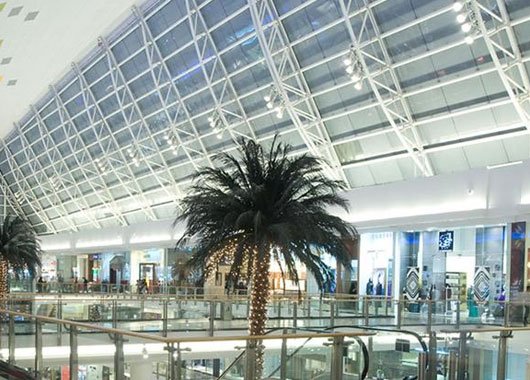
Spread across more than 158,000sqm of retail space, City Centre Bahrain offers an international mix of more than 340 exclusive brands including 60 dining outlets, with major stores such as the Kingdom’s largest Carrefour hypermarket, Saks Fifth Avenue, Debenhams, Centrepoint, Pottery Barn and Home Centre. The mall’s integrated family leisure offers, a 20-screen Cineco Cinema, and a Magic Planet. The mall is also adjoined by two premium hotels, the 5-star Westin Hotel City Centre Bahrain and Le Meridien Hotel City Centre Bahrain. In 2014, City Centre Bahrain received a Gold award for marketing excellence at the Middle East and North Africa Shopping Centre and Retailer Awards. City Centre Bahrain opened in 2008 and is located on Sheikh Khalifa Bin Salman in the heart of Manama
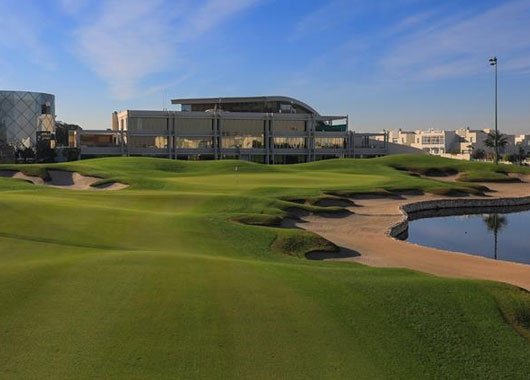
The Club is managed by Troon, the leader in upscale golf course management, development, and marketing, and was named Troon's 2013 Facility of the Year, the company's top accolade. Additional facilities at the Royal Golf Club include award-winning restaurants, a golf academy with full practice facilities, a golf & leisure shop, meeting, and conference rooms, and a country club.

Formula One has been an annual part of Bahrain’s sporting scene since April 2004. Bahrain’s Grand Prix made history as the first Formula One Grand Prix to be held in the Middle East and was awarded the “Best Organized Grand Prix” by FIA. Even when Formula One is not taking center stage at the Bahrain International Circuit, visitors can take the wheel themselves on its state-of-the-art karting track or enjoy a thrilling ride in the passenger seat of a Hummer on its Extreme 4x4 course. Of course, a visit to the circuit is a must so as not to miss the opportunity to test drive a race car on the F-1 track itself.

The Bahrain National Museum was officially inaugurated by the late Amir H.H. Shaikh Isa Bin Salman Al-Khalifa on 15 December 1988. It was considered one of the finest museums of its kind in the Gulf region. Today, the Bahrain National Museum is one of the island’s main cultural landmarks. Conceived and designed by Krohn and Hartvig Rasmussen, the outstanding building is characterized by its white travertine marble facade and is centrally located on an artificial peninsula overlooking the island of Muharraq. The museum complex is composed of two connected buildings with approximately 20,000 square meters of floor space. The main building houses the permanent exhibition area, temporary exhibition halls, an art gallery, a lecture hall, a gift shop, and a café. The administrative offices, curatorial research areas, conservation laboratories, exhibition construction, and collection storage areas are located in the administrative building. The Museum is the repository of 6000 years of Bahrain’s history. The story of Bahrain comes to life in the Halls of Graves, Dilmun, Tylos and Islam, Customs and Traditions, Traditional Trades and Crafts, and Documents and Manuscripts. The exhibition halls, located on the ground and first floors, are accessed by the grand foyer, a large dramatic space accented by shafts of natural light, which hosts the exhibition, “Investing in Culture”.